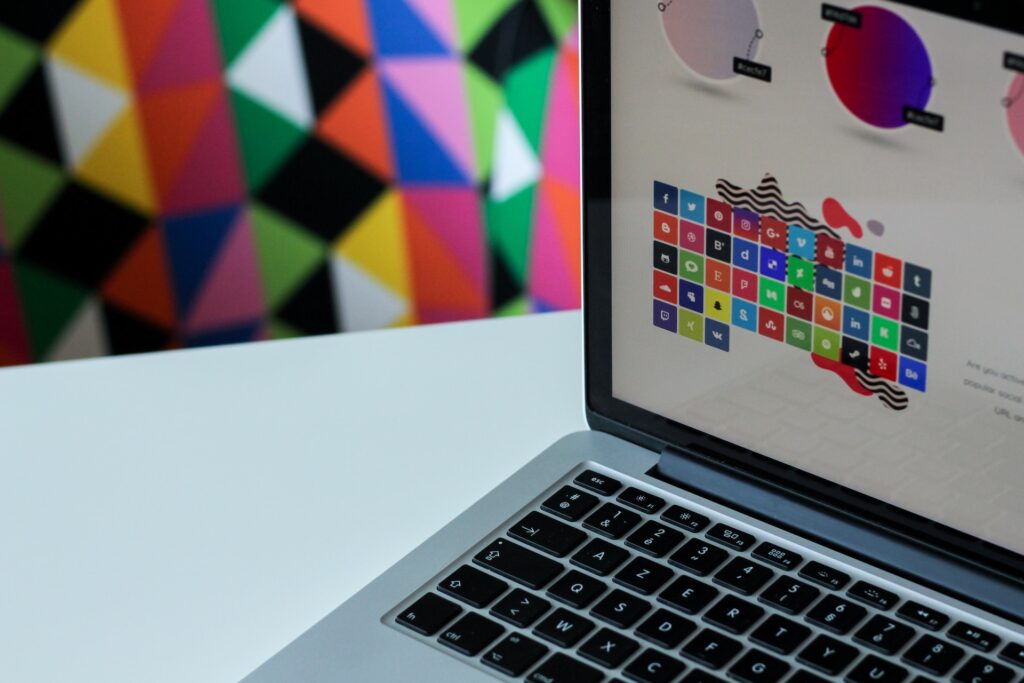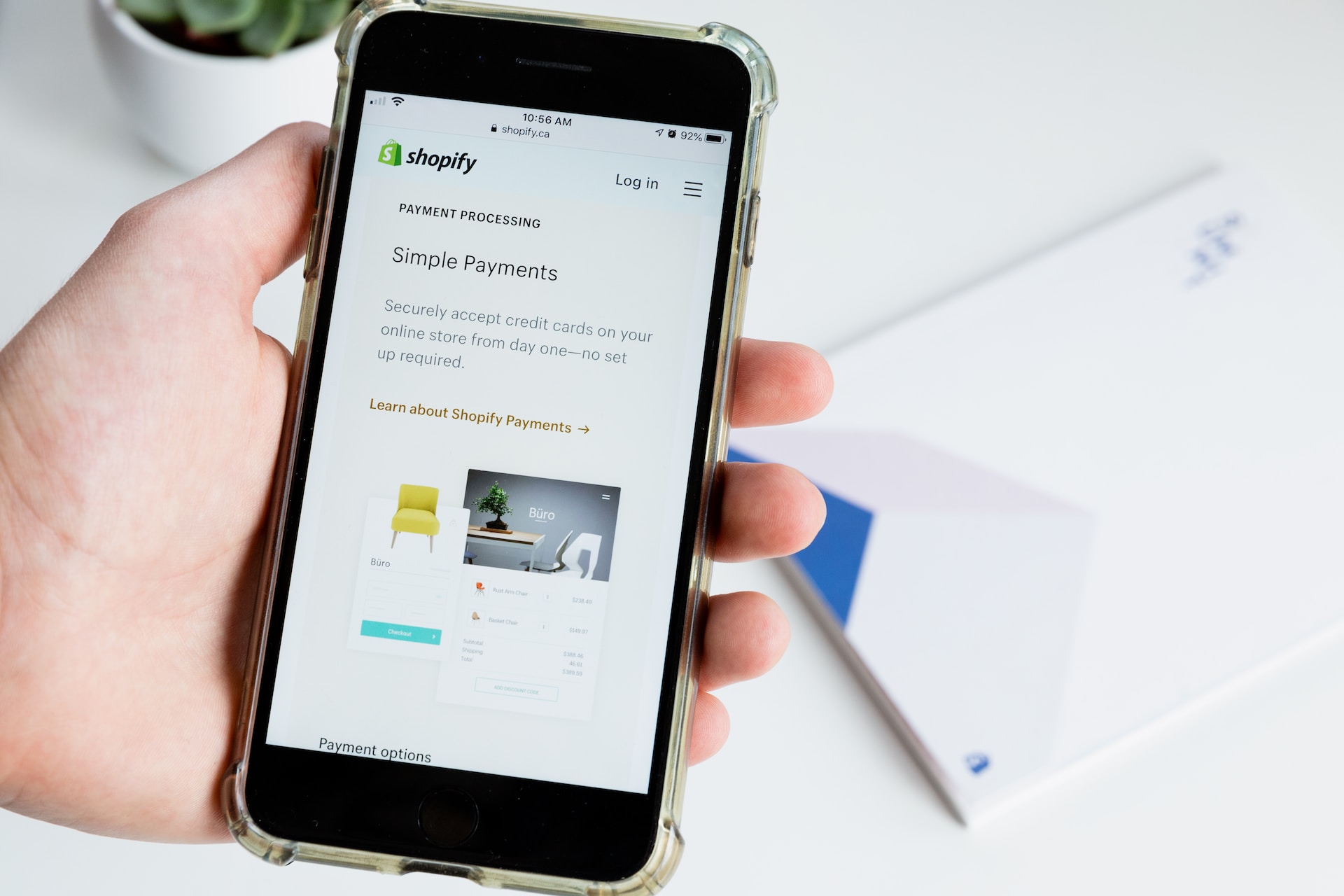Are you tired of websites that leave users frustrated and confused?
Do you want to create interfaces that captivate, engage, and provide an exceptional user experience?
Look no further because, in this article, we delve into the vital role of User Experience (UX) in design and how it holds the key to crafting intuitive and user-friendly interfaces that will leave your audience in awe.
Get ready to unlock the secrets of UX and transform your web design game forever!
1. Understanding User Needs
Understanding user needs is crucial to user experience (UX) design. It involves gaining insights into the target users’ goals, motivations, behaviors, and preferences to create products or services that meet their requirements effectively.
- Persona Development
Based on the collected user research, designers create user personas, which are fictional representations of the different types of users that will interact with the product or service. Personas capture key characteristics, needs, and goals of specific user groups, aiding in empathizing with and designing for the intended users.
- User Journey Mapping
UX designers map the user journey, a visual representation of the user’s interactions and experiences from start to finish. This helps identify pain points, opportunities, and moments of delight in the user’s experience, enabling designers to address those aspects effectively.
By understanding user needs, designers can create interfaces tailored to users’ expectations, preferences, and goals. This user-centric approach leads to more successful products and services that effectively meet the target audience’s needs.

2. Information Architecture
Information architecture (IA) is the practice of organizing and structuring information clearly, logically, and user-friendly. It focuses on creating intuitive navigation and a coherent content hierarchy, ensuring users can easily find what they seek.
By implementing effective information architecture, designers create interfaces that are user-friendly, easy to navigate, and support efficient information retrieval. In addition, well-organized information architecture enhances the overall user experience by reducing cognitive load, improving findability, and facilitating the successful completion of tasks.
3. Interaction Design
Interaction design creates intuitive and engaging interactions between users and digital products or services. It involves designing the interface elements, behaviors, and feedback mechanisms that enable users to interact with the system effectively and accomplish their goals.
By emphasizing interaction design, designers create user-friendly, engaging interfaces that provide a positive user experience. Well-designed interactions enhance usability, reduce friction, and increase user satisfaction, ultimately leading to more successful digital products or services.
4. Visual Design
Visual design involves the aesthetic and visual aspects of a product or interface. It focuses on creating visually appealing and engaging designs that communicate effectively with users. Visual design encompasses various elements such as color, typography, imagery, layout, and branding.
- The visual design utilizes color to create a visually pleasing and harmonious interface.
- Typography refers to selecting and arranging fonts, sizes, and styles used in the design.
- The visual design incorporates images, WooCommerce Video Product, illustrations, icons, and other visual elements to enhance the user experience.
- The visual design includes arranging and positioning elements on the screen or page.
- It will aligns with the brand identity and guidelines. Designers incorporate brand colors, logos, and other visual elements to ensure consistency and reinforce brand recognition. Consistent branding across different touchpoints creates a cohesive and memorable user experience.
- The visual design establishes a hierarchy of importance and guides users’ attention using size, color, contrast, and typography.
- The visual design considers accessibility considerations to ensure that the interface is usable by all users, including those with visual impairments.
5. Usability Testing
Usability testing is a method used in user experience (UX) design to evaluate the usability and effectiveness of a product or interface.
It involves observing and gathering feedback from users as they interact with the system, identifying areas of improvement, and making data-driven design decisions.
- Usability testing begins with planning the test objectives, defining the target user group, and identifying specific tasks or scenarios that users will perform during the test.
- Usability testers recruit participants who represent the target user group.
- Participants are individually guided through the defined tasks or scenarios while the tester observes and takes notes.
- During the test, various data, such as observation notes, participant comments, task completion times, errors encountered, and subjective ratings, are collected.
- The collected data is analyzed to identify common usability issues, patterns, and trends. The insights gained help understand user pain points, areas of confusion, or tasks that require improvement.
- Usability testing is an iterative process. Designers use the insights and recommendations from usability testing to refine and improve the interface.

6. Accessibility
Accessibility refers to the web design accessible and usable by people with disabilities. It aims to ensure equal access and participation for individuals with diverse abilities, including visual, auditory, motor, or cognitive impairments.
- Inclusive Design
Accessibility promotes inclusive design principles, where products and services are created to be usable by as many people as possible, regardless of their abilities.
- Web Accessibility
Web accessibility focuses on making websites and web applications usable by people with disabilities.
- Assistive Technologies
Accessibility considers using assistive technologies that help individuals with disabilities access and interact with digital systems.
7. Iterative Design Process
An iterative design process involves designing and developing products or solutions that involve repeating cycles of designing, testing, and refining. It emphasizes learning from user feedback and making incremental improvements to the design based on those insights.
The iterative design process allows designers to continually learn, adapt, and refine their designs based on real-world user feedback. It helps uncover usability issues, validate design decisions, and ultimately leads to a more user-centered and effective product or solution.
Final Verdict
User Experience (UX) plays a significant role in web design by creating intuitive and user-friendly interfaces. By understanding user needs, implementing effective information architecture, designing interactive and engaging interactions, and focusing on visual design and accessibility, designers can create exceptional user experiences.
By prioritizing UX, web designers can deliver interfaces that captivate users and ensure their satisfaction, resulting in increased engagement and success for their websites. So, embrace the power of UX and elevate your web design to new heights!




One thought on “The Role of User Experience (UX) in Design: Creating Intuitive and User-Friendly Interfaces”